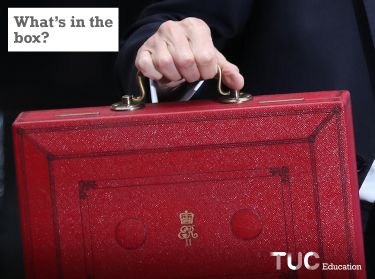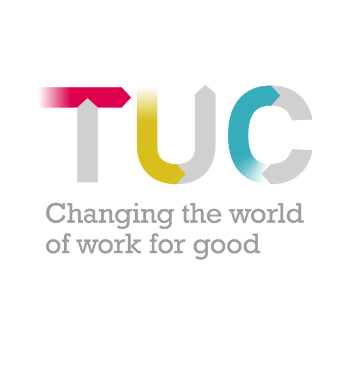Breaking point: the crisis in mental health funding
The research reveals that:
-
In 2013 there was 1 mental health doctor for every 186 patients accessing services. In 2018 this has fallen to 1 for every 253 patients.
-
In 2013 there was 1 mental health nurse for every 29 of patients accessing services. In 2018 that has fallen to 1 for every 39 patients.
-
The number of beds for mental health patients in England has slumped by nearly 3,000 (-13%) since 2013.
The picture varies across English regions. However, in every part of the country patient demand is outstripping available beds and staff leaving services over-stretched
In the decade since the financial crash, day to day spending on running our public services as a share of GDP has been slashed to its lowest level since the late 1930s.
Nowhere is this crisis more real than in our mental health services. This report shows how years of real-terms spending cuts have left services unable to cope with growing demand. Beds, doctors and nurse numbers are falling while the number of patients accessing services continues to escalate. And this is exacerbated by cuts to local authority and school budgets that are decimating counselling and public health services that are crucial to addressing mental health and well-being in our communities, particularly for our children.
Recommendation
-
Providing real terms funding increases across the public sector that enable providers to meet on-going demand, deliver world class services and address the significant cuts to resources since 2010.
-
A 5 per cent funding increase across the NHS. The government has committed to giving the NHS around £20.5 billion in real terms more a year extra by 2023-24 – an increase 3.4 per cent a year on average. The Institute for Fiscal Studies and Health Foundation estimate that in the next five years the Department of Health will need 5 per cent extra per year to significantly improve outcomes across the NHS. And they estimate that 4 per cent is needed to keep the NHS running at current service levels and address the backlog of funding problems.
-
More needs to be done to ensure that more funding within the NHS reaches mental health services, all CCGs should adhere to the Mental Health Investment Standard.
-
With increased funding in the NHS, we also need better integration between different parts of the health services, with more joined up services between primary, secondary and mental health. The BMA say such interventions could include “liaison psychiatry teams in acute hospitals, enhanced support in primary care, integrated multidisciplinary teams in the community or physical health liaison within mental health settings.”
-
Investment in schools that will reverse the 8 per cent cuts to pupil funding seen since 2010 as well as a commitment to real terms increases to per pupil funding over the spending review period. This settlement should also include sufficient funding to enable the implementation of the National Funding Formula so that schools in poorly funded areas can begin to catch up.
-
A fair and sustainable funding settlement for local government that addresses the £5.8bn funding gap identified by the Local Government Association, including a £3.5bn funding gap in social care by 2025.
-
With half a million cases of stress resulting from workplace issues, more should be done to encourage employer support for effective workplace interventions.
Stay Updated
Want to hear about our latest news and blogs?
Sign up now to get it straight to your inbox




